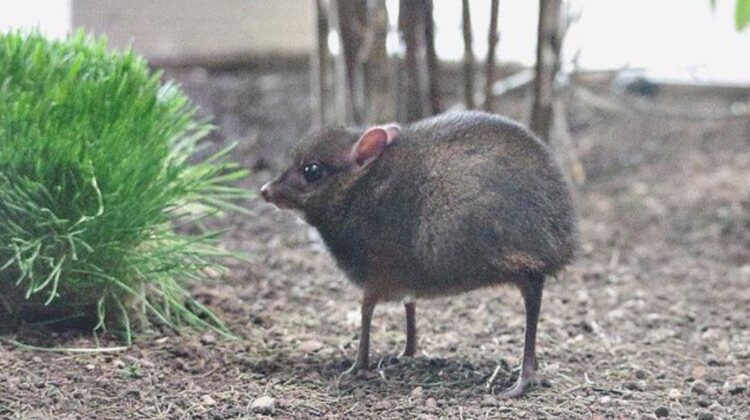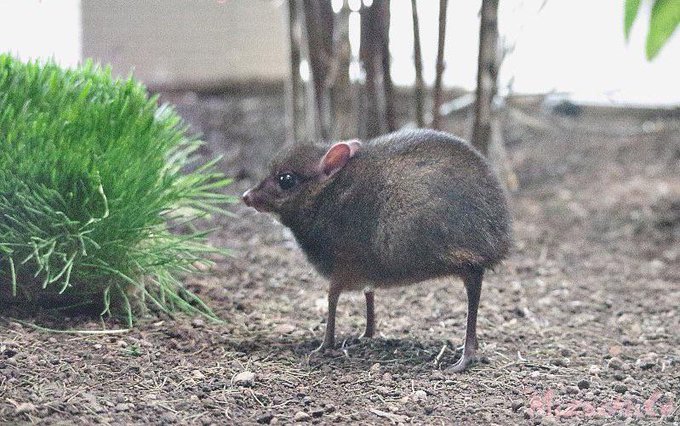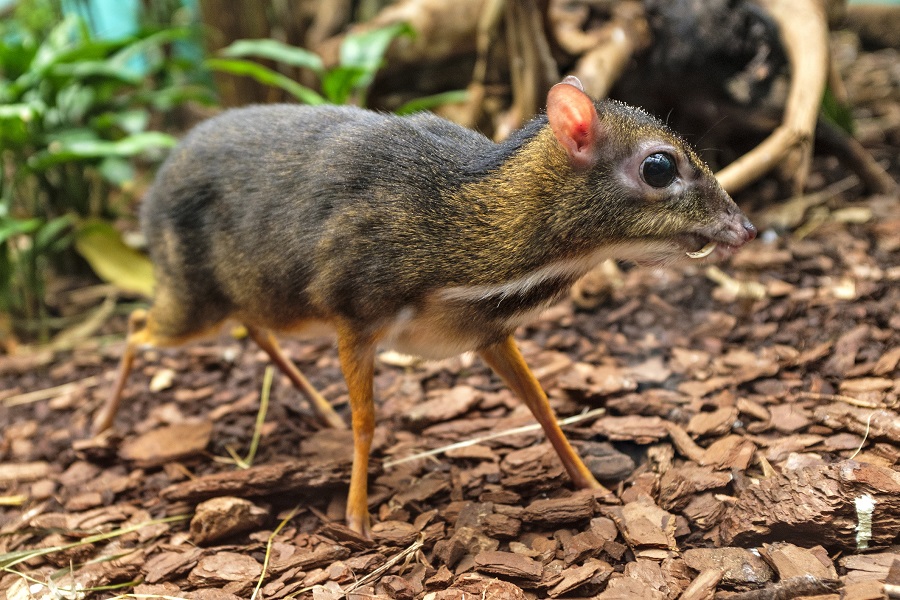
Chevrotains and Java mouse deer, commonly known as mouse deer, are fascinating creatures that have captured the attention of scientists and nature enthusiasts alike. These small and elusive animals are considered living fossils, as they are believed to be the most primitive ruminants on Earth. Their unique characteristics provide valuable insights into the evolutionary history of mammals.

Mouse deer belong to the family Tragulidae, and they are found in various parts of Southeast Asia and Africa. Despite their deer-like appearance, they are not true deer but are classified as a separate group of mammals. Mouse deer possess several primitive traits that set them apart from other ruminants. For instance, they have four-chambered stomachs, which is a characteristic shared with their distant relatives, such as cows and giraffes.

What makes mouse deer particularly intriguing is their evolutionary connection to an unexpected group of animals: whales. Recent research suggests that whales may have evolved from water-loving creatures that resembled small deer-like mammals. This theory is supported by anatomical similarities observed between mouse deer and early aquatic mammals, as well as genetic evidence.
The concept of whales having terrestrial ancestors may seem counterintuitive, but it highlights the fascinating and complex nature of evolution. Over millions of years, certain species adapted to life in the water, gradually transforming into the majestic marine creatures we know today. The similarities in bone structure and reproductive systems between mouse deer and whales provide valuable clues about this evolutionary transition.

While mouse deer may appear diminutive compared to their larger counterparts, they play a significant role in our understanding of mammalian evolution. By studying these living fossils, scientists gain valuable insights into the ancient lineage of ruminants and the remarkable adaptations that have shaped the animal kingdom.

So, the next time you come across a mouse deer or read about the fascinating journey of whale evolution, remember the extraordinary connection between these seemingly unrelated creatures. The story of the mouse deer illuminates the wonders of nature and reminds us of the intricate tapestry of life on our planet.
References:
- Link, A., & Pesquero, M. D. (2019). Functional Anatomy and Physiology of the Mouse Deer (Tragulus javanicus). In The Biology and Management of Capricornis and Related Mountain Antelopes (pp. 7-18). Springer.
- Thewissen, J. G., Williams, E. M., & Roe, L. J. (2008). The emergence of whales: evolutionary patterns in the origin of Cetacea. Evolutionary Biology, 35(3), 231-246.

Leave a Reply